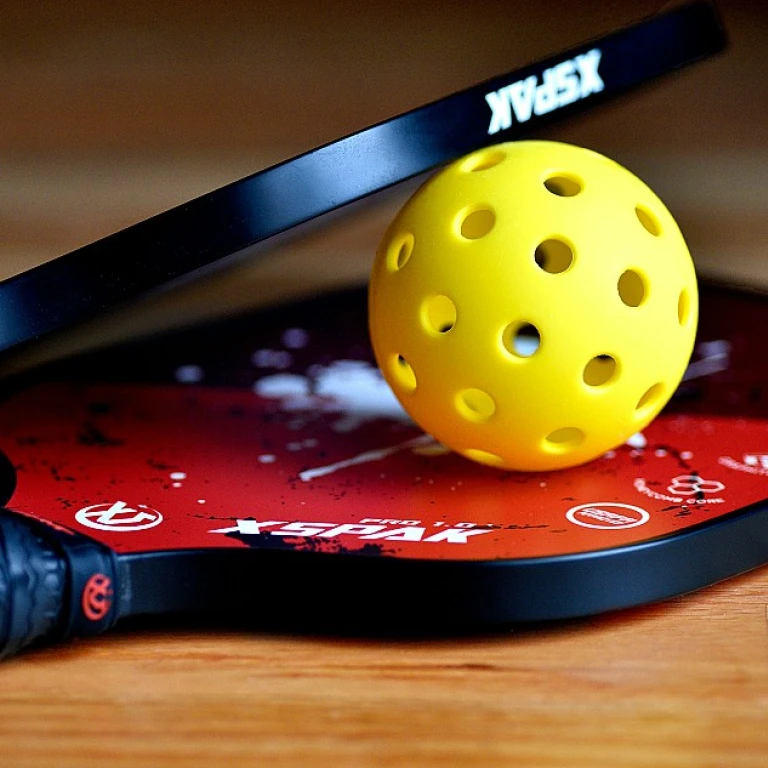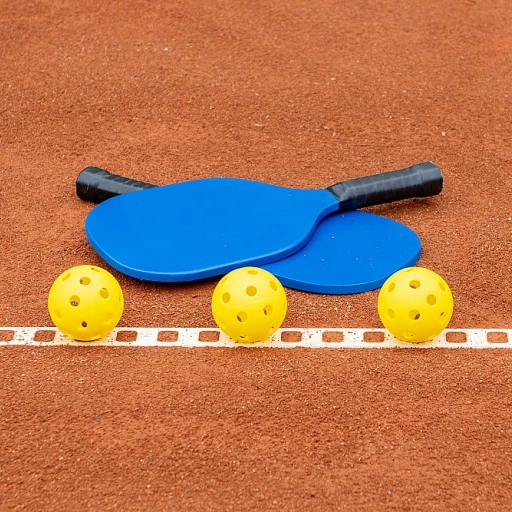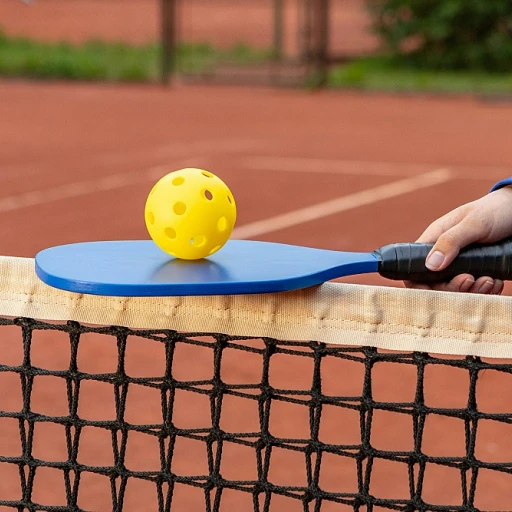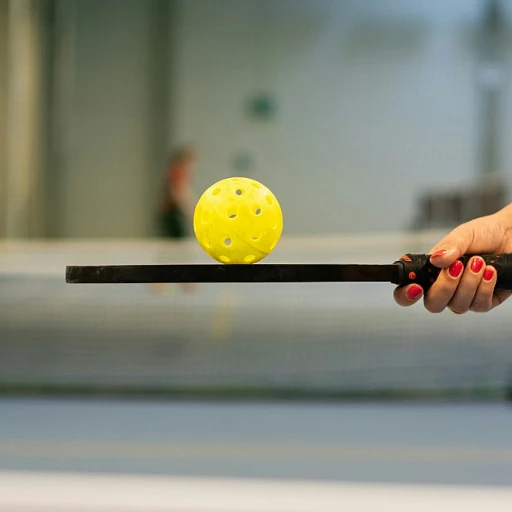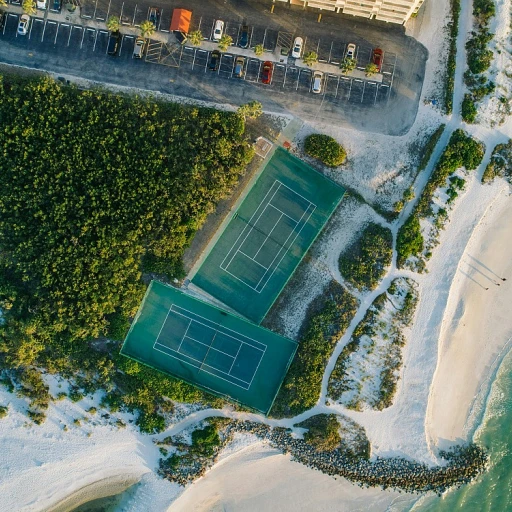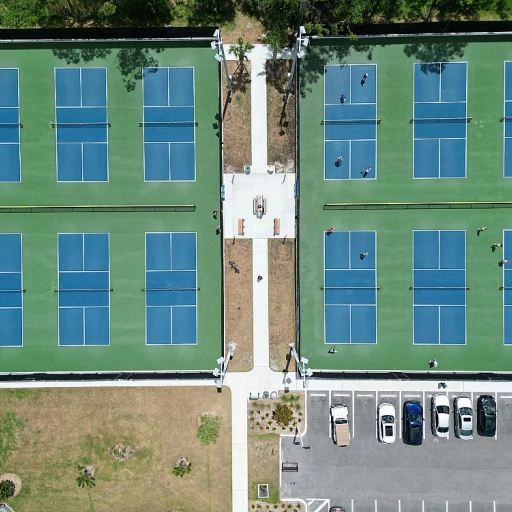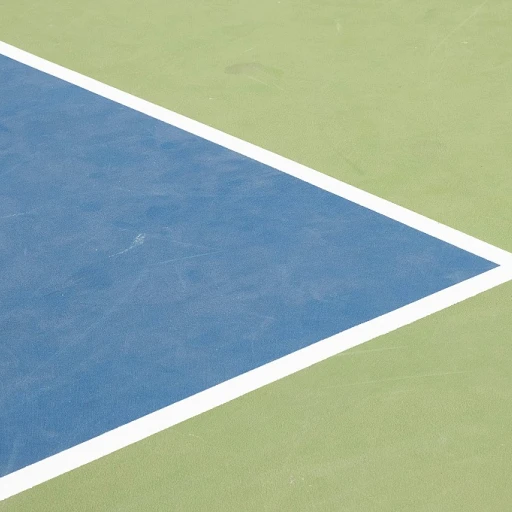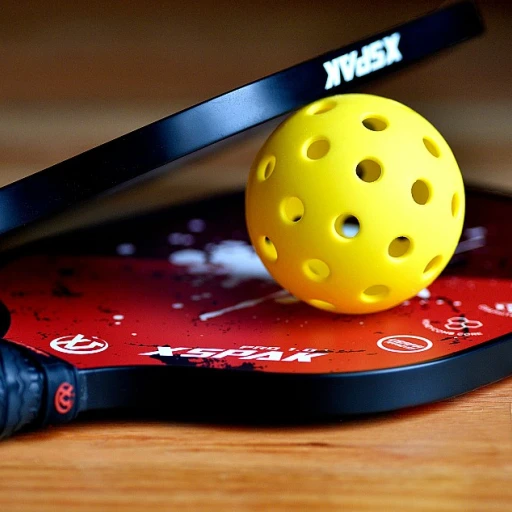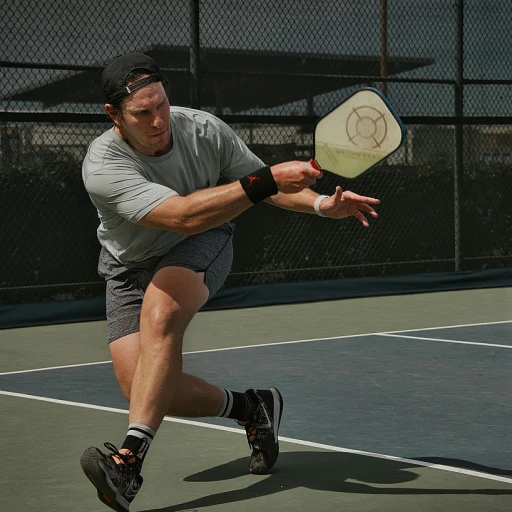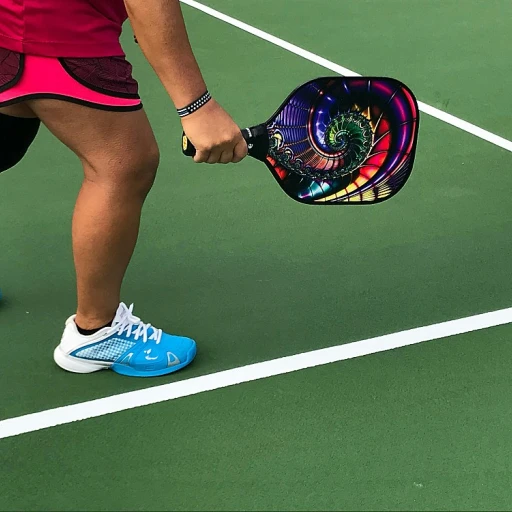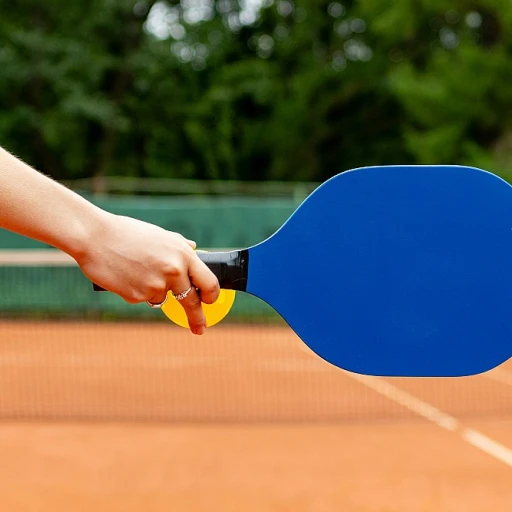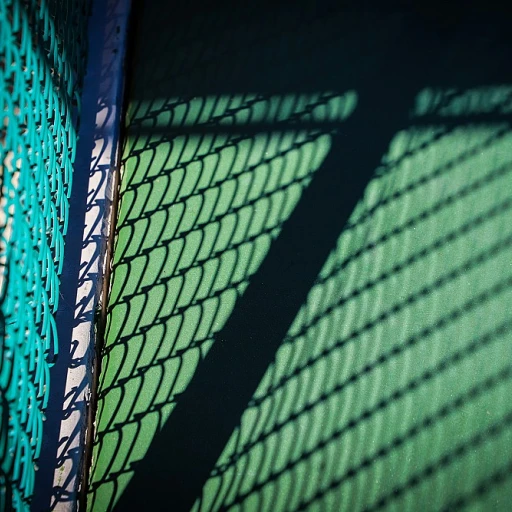
Factors Influencing Paddle Longevity
Influential Elements on Paddle Durability
Understanding the lifespan of a pickleball paddle is crucial for optimizing your performance in the game. The longevity of paddles is influenced by several factors that players should consider. Firstly, the material from which a paddle is made significantly impacts how long it will last. Paddles constructed with carbon fiber or raw carbon tend to offer greater durability, providing both excellent control and strength on the paddle surface. Your playing style also affects the wear and tear on pickleball paddles. Aggressive players who often hit the pickleball with force may find that their paddles last a shorter time compared to those who play a lighter, finesse-style game. Additionally, the paddle face and grip condition play a role in determining when you might need to replace a paddle. Over time, the surface can wear down, affecting the paddle's grip and overall performance. Environmental conditions, such as extreme temperatures or excessive moisture, can also deteriorate the paddle's material faster. Paddle care becomes essential in these situations, and using an edge guard can help protect your investment. For tips on how to enhance your paddle maintenance, check out our guide on enhancing your game with edge guard tape. By understanding and addressing these factors, players can extend the lifespan of their paddles, ensuring peak performance over time.Signs Your Paddle Needs Replacement
Identifying When to Replace Your Pickleball Paddle
Keeping an eye on certain signs will help you determine when it's time to replace your pickleball paddle. Regular play can lead to wear and tear, impacting the performance and lifespan of your paddle. Here are some indicators that it's time to invest in a new one:
- Loss of Control or Power: Over time, the paddle surface can wear down. If you notice a decrease in control or power during your game, it could be a sign of surface degradation.
- Noticeable Wear: Check the paddle face for visible wear and tear. A worn paddle surface will affect how the ball interacts with the paddle, influencing your play.
- Edge Guard Damage: The edge guard plays an essential role in protecting the paddle. Damage or detachment can compromise the paddle structure, negatively affecting gameplay.
- Grip Deterioration: A worn grip can hinder your paddle performance and control. If you've replaced the grip multiple times, the underlying structure might also be ready for a change.
Paying attention to these issues will not only enhance your play but also allow you to enjoy the best pickleball experience. Being mindful of these signs and learning how to care for your paddle can make for a long pickleball investment, ensuring you get the most from your gear over time.
Comparing Paddle Materials
The Impact of Paddle Materials on Longevity
The material composition of pickleball paddles significantly influences their lifespan and performance during play. A primary factor in assessing how long your paddle will last is understanding the materials utilized in its construction. Different materials offer varied benefits, ranging from control to durability, which ultimately affects how the paddle stands up to wear and tear over time.
Carbon Fiber Paddles: Known for their superior strength and lightweight nature, carbon fiber paddles provide an excellent balance of power and control. This material is renowned for providing a long pickleball experience, although they may come at a higher cost. The raw carbon face offers precision in play, allowing for better ball control. Play the allure of pickleball with the reliability these paddles offer.
Fiberglass Composite Paddles: These paddles typically feature a fiber face bonded over a polymer core. They afford players more power in their games due to the flexible nature of the fiberglass, yet might experience more wear and tear compared to carbon fiber paddles. While some find fiberglass paddles preferable for their popping surface, regular play might necessitate replacement sooner.
Wooden Paddles: While they remain a cost-effective choice for beginners, wooden paddles generally offer the least durability when compared to composite materials. Over time, the heavier weight of wood can fatigue players and may deter performance. The wear experienced with constant play will reinforce the need for a more durable paddle, often prompting a shift to modern materials.
When choosing the best pickleball paddles for longevity, consider not only the face material but also the core. Polypropylene cores, for instance, provide both durability and a soft touch, enhancing both lifespan and game enjoyment. Your chosen materials should align with your playing style and frequency, ensuring you enjoy your time on the court without frequent need for replacement.
Maintenance Tips for Prolonging Paddle Life
Effective Maintenance Strategies for Your Pickleball Paddle
Proper care and maintenance of your pickleball paddle can greatly extend its lifespan, ensuring it remains a reliable component of your game for months and even years. Here are some tips to help your paddle last longer and maintain its performance:- Clean the Paddle Surface Regularly: Over time, dirt and oils from your hands can accumulate on the paddle surface, affecting grip and control. Gently wipe the paddle face with a damp cloth after each play to remove any build-up. Avoid using harsh chemicals as they can damage the materials.
- Protect the Edge Guard: The edge guard is crucial in shielding your paddle from surface wear and impacts. Regularly check for any loosening or cracks. If you play frequently, especially on hard surfaces, consider reinforcing it with protective tape to prevent further damage.
- Store Properly: After every game, store your pickleball paddle in a cool, dry place. Excessive heat or cold can warp materials like carbon fiber, affecting both performance and lifespan.
- Inspect for Wear and Tear: Regular inspections for signs of wear, such as a frayed grip or worn paddle face, can help you know when it may be time to replace the paddle. Consistent damage impacts control and how the ball interacts with the paddle.
- Limit Overuse: Playing style can impact the longevity of a paddle. Avoid striking the ball too aggressively if it's not necessary for your game, as this can accelerate wear. Opt for a paddle that suits your play style while offering lasting durability.
Choosing the Right Paddle for Longevity
Picking Your Paddle Wisely for Maximum Durability
Choosing the right pickleball paddle can significantly impact its longevity. A key factor in determining how long a paddle will serve you efficiently is the material used in its construction. Each material offers a different set of benefits and life spans, and understanding these can help you make a more informed decision.- Materials Matter: When it comes to pickleball paddles, the materials used for the paddle face and core play a crucial role in its durability. Paddles made from materials such as carbon fiber and raw carbon are often known for being lightweight yet durable, offering excellent control and helping paddles last longer. However, they might come at a higher cost.
- Match Your Playing Style: Your gameplay style affects how quickly a paddle can wear out. If you play often or use significant force, a paddle with a robust surface is necessary. For those who prioritize control and precision over power, paddles with a softer face could serve you well over time.
- Consider the Edge Guard: The edge guard is another component that can influence paddle lifespan. A well-built edge guard protects the paddle from chips and cracks upon impact with the ground or other paddles.
- Grip Matters: While the grip may seem secondary, it impacts your overall performance and comfort during play. A worn-out grip not only affects usability but can also lead to increased wear and tear on the paddle itself. Regular maintenance of the grip ensures that it does not prematurely affect the paddle’s lifespan.

